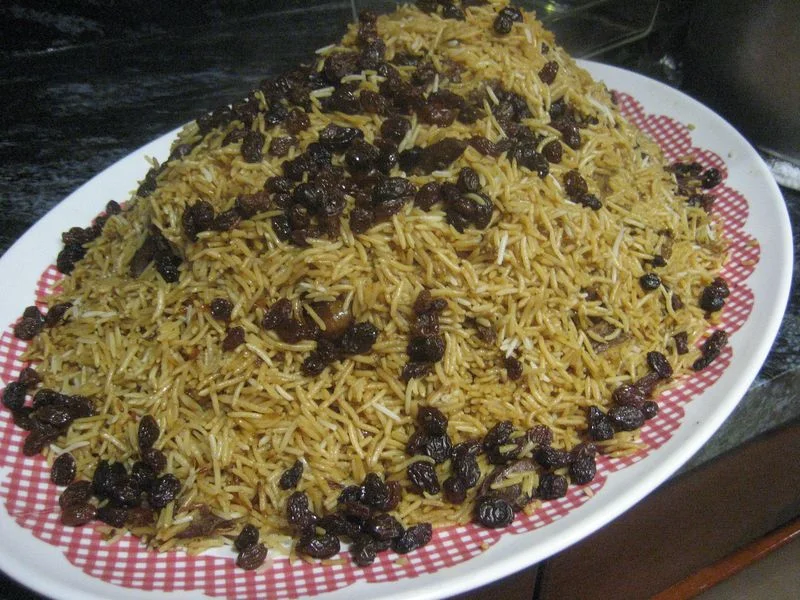By Humaira
I have to admit, many Afghan recipes take time: at least an hour or two in the kitchen, fresh ingredients and planning ahead. But with busy lives, we don’t always have the luxury to cook for hours at a time. This is perhaps why our friends Kristine and Ellen asked us for Afghan recipes using a slow cooker.
We are answering the call for quick and simple crock pot dishes by devoting the next month or so to the slow cooker. Like all of you, as my life has grown busier I have turned to the slow cooker to help deliver warm dinners to my family. I have been using a slow cooker once a week for the past few years: usually on the days when I leave the house in the morning and return around 6pm with hungry children. I usually make beef stew, chili, or raid my fridge for ingredients to throw into the crock pot and see what awaits us eight hours later upon returning home. I also use the slow cooker for entertaining, something I have been doing a lot lately. It allows me to prep ahead, frees up a burner, and sometimes even means one less dish to wash since for more casual entertaining, you can take the crock pot right out of the cooker and onto the table.
Since we love our readers and we know you too have busy lives, we have selected some Afghan recipes that work well in a slow cooker. We plan to share them with you over the next few weeks, starting with today’s recipe for our beloved Lawang. This is a rich and flavorful chicken dish braised with turmeric, coriander and finished with a creamy yogurt sauce. The stove-top version of the recipe was posted last fall. The slow cooker version is delicious, easy and efficient. We hope you will enjoy trying our star dish, Lawang, in the slow cooker version.
Slow Cooker Turmeric Braised Chicken in Yogurt
Lawang
1/4 cup olive oil
2 large onions, finely chopped or pureed in food processor
4 cloves garlic, finely chopped or pureed with the onions
3 lbs skinless, bone-in chicken legs and thighs, separated
1 1/2 tsp. salt
1/2 tsp. ground black pepper
1 tbsp. ground turmeric
1 1/2tsp. ground coriander
1/2 cup chicken broth or water
1 ½ cups Greek-style yogurt, room temperature*
1 cup fresh cilantro, roughly chopped
Wash the chicken and pat dry with a dish towel. Put the chicken in the crock pot.
Heat the oil in a large, heavy-bottomed pan. Cook the onions and garlic over medium-high heat for 15 minutes until deeply browned. Add the salt, pepper, turmeric, coriander and water to the onions and stir well. Spoon the onion mixture over the chicken, stirring it to evenly cover the chicken pieces. Put on the lid and set the slow cooker on low for 4 hours.
When the chicken is cooked, stir the yogurt and add it along with the cilantro to the crock pot. Give everything a good stir to make sure the yogurt dissolves in the sauce.
* to bring the yogurt to room temperature, pull it out of the fridge about a half hour before you add it to the crock pot.
Note: If you plan to prep the night before, brown the onions and the garlic. Add the salt, pepper, turmeric, coriander and water to the onions and stir well and keep in a lidded container. Clean the chicken and refrigerate. The next day all you have to do is mix all the ingredients and let is cook.
Serves 4-6
Except where otherwise noted, all content on this blog is licensed under the Creative Commons Attribution-NonCommercial-NoDerivs 3.0 Unported license.










